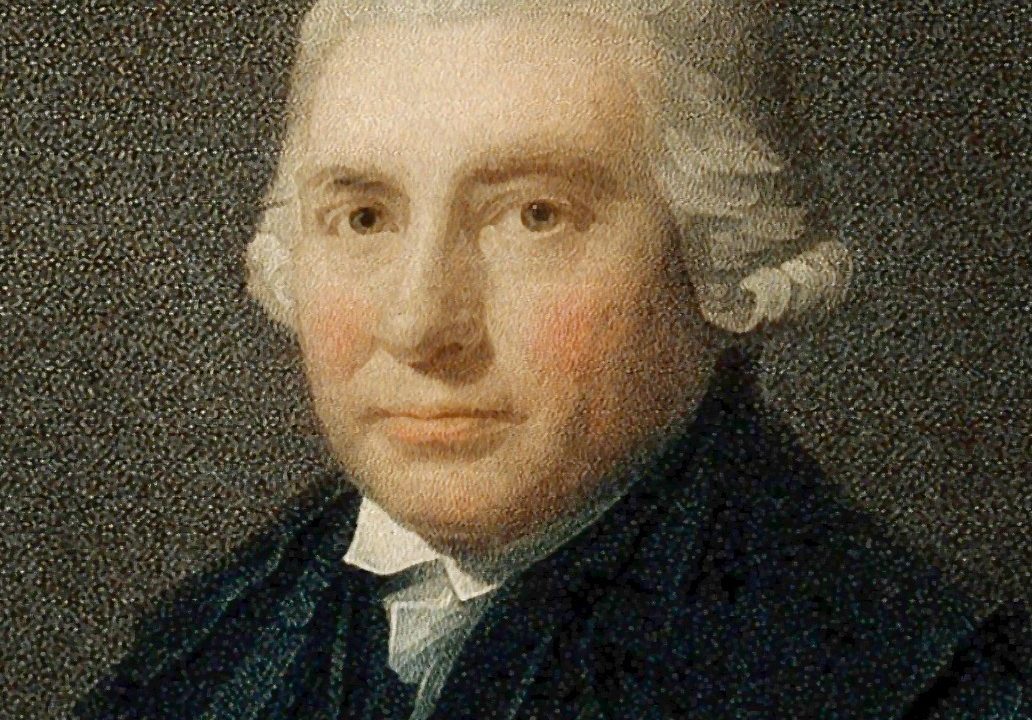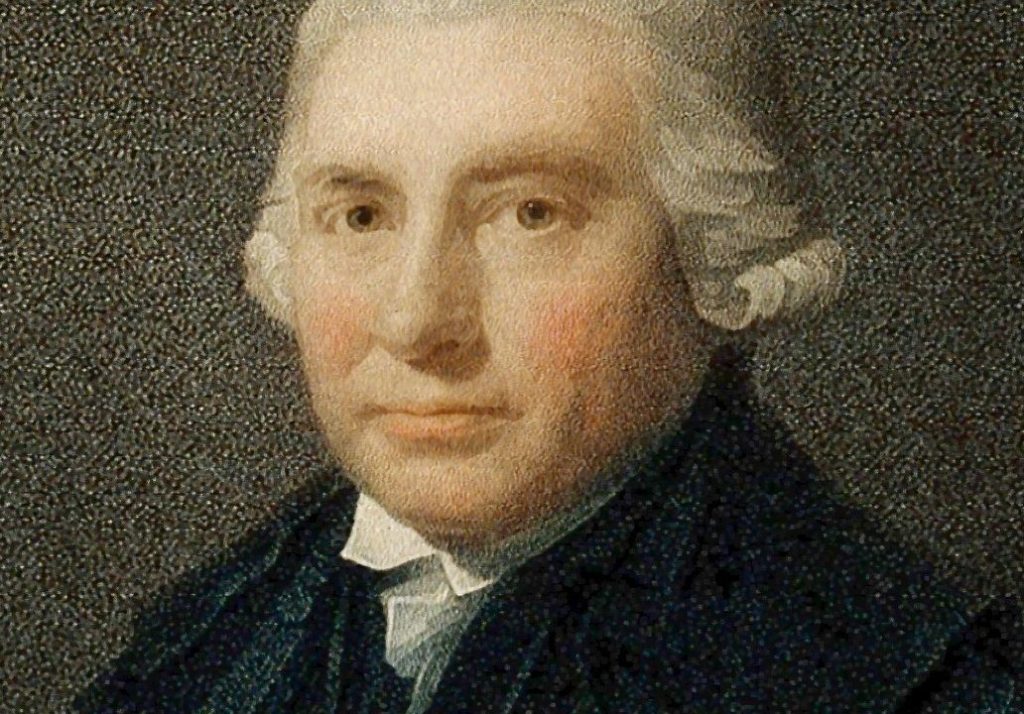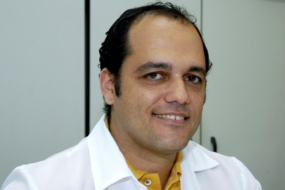
Scottish surgeon shared with disciple the creation of the Monro-Kellie Doctrine. The scientific hypothesis, formulated in 1783 about intracranial pressure (ICP), was only revised in the 21st century

Born in Edinburgh (Scotland), Alexander Monro Secundus (22/05/1733 – 02/10/1817) was given the title of Secundus to distinguish him as the second in three generations of a family of doctors who shared the same name. In life, he served as a surgeon and professor, dedicating special attention to comparative anatomy. He left as main contributions to science the description of the human lymphatic system, in addition to providing innovations such as the most detailed description of the musculoskeletal system at the time.
Monro’s father, also a doctor, chose him to be his successor and, at age 12, enrolled him in the regular course in Philosophy at the University of Edinburgh before starting his professional training. The young man became interested in anatomy after entering the medical course at age 18. Having a good memory, an unusual amount of perseverance, and an inexhaustible interest in medical knowledge, he became a useful assistant to his father in the dissection room. A diligent student, he was rewarded in 1753 with a municipal permit to act as his father’s substitute teacher.
Consolidation
In 1755, at the age of 22, Monro graduated as a Doctor of Medicine and embarked on an international career. In London he attended lectures by William Hunter. In Paris, he entered the University of Leyden, where he befriended two famous anatomists, Bernhard Siegfried Albinus and Petrus Camper. In Berlin he worked with the celebrated professor Johann Friedrich Meckel, known as The Elder, in whose house he lived. In 1757, he took the place of his father, who had been away due to illness. Finally, he was admitted as a graduate of the Royal College of Physicians of Edinburgh on 2 May 1758.
At the university, Monro’s father gave the first lectures on anatomy and surgery of the course from 1758 to 1759; then he turned the work over to his son. Monro Secundus, in 1777, successfully resisted the appointment of an independent professor of surgery—and taught a full course of lectures from 1759 to 1800. In 1808, in ill health, he made his last lecture. In 1813, he had an apoplectic fit and died in 1817, being buried with his parents and wife, Katherine Inglis.
Monro-Kellie Doctrine
One of Monro’s best-known legacies is the 1783 Monro-Kellie doctrine of intracranial pressure (PIC). This scientific hypothesis was developed by him in partnership with his former student George Kellie, a surgeon at the port of Leith — and was only revised in the 21st century. It proposes that an adult’s healthy cranial cavity is rigid and maintains a constant volume balance, the brain being almost incompressible. Thus, any increase in the mass of a cranial constituent formed by blood (10%), CSF (10%) and brain tissue (80%) is compensated by a decrease in the volume of another.
ICP is measured in millimeters of mercury (mmHg) and, at rest, is usually 7 to 15 mmHg for an adult in supine position. As a rule, patients with normal blood pressure maintain normal alertness with an ICP of 25–40 mmHg. In infants and young children, the effects of ICP differ as their cranial sutures are not completely closed. Increased intracranial pressure is indicative of health problems such as tumors, cerebral edema, venous sinus thrombosis, heart failure, obstruction of the superior mediastinal veins, among other ailments.
Publications
In 1783, Monro published his book Observations on the Structure and Functions of the Nervous System. The work made its name known to medical students to this day, with the identification in medical literature of the so-called “foramen of Monro”. In this treatise, he describes how the lateral ventricles of the brain connect with the third ventricle in the midline of the brain and thus enable the CSF to reach the entire ventricular system of the brain.
In 1785 he published The Structure and Physiology of Fish Explained and Compared with that of Man and Other Animals. Two years later, he released Description of all Bursae Mucosse of the human body, its structure, accidents and diseases and operations for its cure. This treatise is considered by several anatomical writers as the first complete description of the bursa, a kind of flat cushion present in human joints, being composed of a membrane filled with synovial fluid, a lubricant with a viscous aspect, similar to oil.
In 1793, Monro launched Experiments on the Nervous System with Opium and Metallic Substances to Determine the Nature and Effects of Animal Electricity. These researches led him to conclude that nerve force was not identical with electricity. His last book, Three Treatises on the Brain, the Eye and the Ear, was published in Edinburgh in 1797.
Sources
Royal College of Physicians of Edinburgh
Wikipedia / Alexander Monro
Wikipedia / Intracranial Pressure
Wikipedia / Forame Interventricular
Curiosidades da Física





